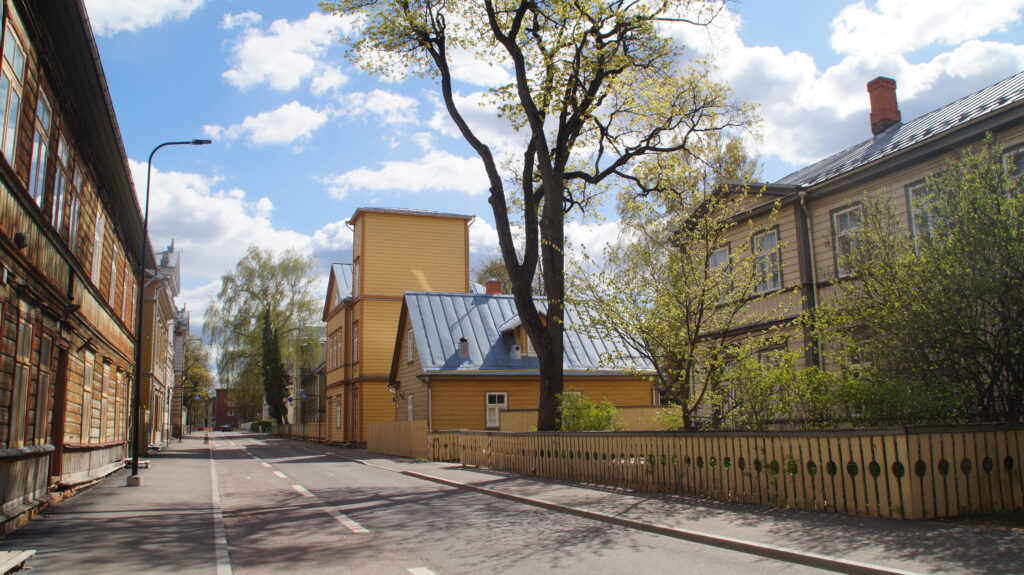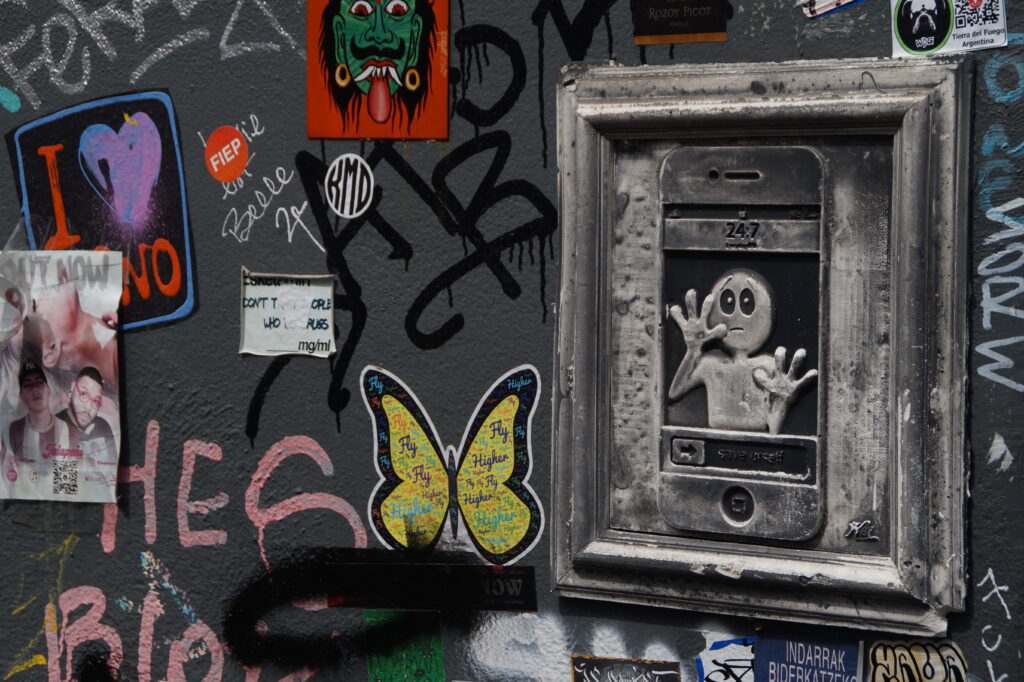The Immersive Space
A state of immersive realism alters the user’s perceptual process of the physical stimuli and become reliant on the immersive virtual environment stimuli for semiosis.
An immersive experience offers the user to be at two places at the same time.
Modeling what is understood as immersion is becoming more of a common experience in various forms of environments thanks to various technologies integrated within physical space.
Technologies such as virtual reality, augmented reality, and even spaces with multimedia can invoke more instances of interactivity. Various spaces can incorporate these novel technologies to provide users with unique meaning-making experiences. For instance, immersive experiences can occur within the home, classrooms, museums, cinemas, and many more environments that utilize visual images.
Semiotics provides a significant approach for curators of spaces to effectively bring together the physical space and the digital space into one unique meaning-making experience.
Immersive experiences are analyzed with the aspects of:
Textuality
A cultural text can be modified within the realm of new media. Transforming a text relies on the tools available for the user and the means for how the tools are enacted within a contextualized environment.
Environmental Mapping
Immersion requires more than just interpretation, it offers the user the experience to reproduce meaning through the conceptualization of the environmental stimuli in a perceived space.
Agency
To be immersed implies that the user has agency within a text. An immersive experience requires the user to not only have agency in their physical boundaries, but also within a text itself.
Grounding for co-development
Modeling user behavior for the paradoxical nature of reality is hyperreality is a ‘both–and’ structure and elaborated by Kozicki (2023b). Paradoxically, the reproduced nature of a virtual nature is a realistic nature.
Description of Immersive Virtual Environments
Understanding the nature of immersive virtual environments can provide designers with sufficient theoretical understanding on how a potential user would construct meaning within a virtual environment.
Overall, if a user is given the potentiality to change the nature of the immersive virtual environment, then the user must have the competence on what can and cannot be manipulated, and the user must discover which resources within the environment can serve as meaningful objects on how to change nature.
Related Published Research
Umwelt in an umwelt: Co-developing within immersive virtual environments and the paradoxical nature of reality and hyperreality (Kozicki 2023b)
This article directly focuses on immersive virtual environments and discusses how semiotic ecology assists designers and users with immersive experiences that are within a physical space. The article introduces the term of “umwelt in an umwelt” which helps with our examination and analysis of being immersed that leads the user to construct meaning in both a physical environment and a form of virtual environment.
This paper examines how to model immersive virtual environments using Kalevi Kull’s ecosemiotic model of four degrees of nature. Using this theoretical model allows for an investigation into the paradoxical nature of reality and hyperreality, which is a novel approach to understanding how a user co-develops with both their physical and immersive virtual environments. Analysis for the four degrees of nature within the virtual space reveals that an immersive virtual environment emerges from an imaginative void, contains milieu that users can recognize and interact with, offers the action-potentiality (affordances) for altering and changing materials within the virtual space, and the reproductive nature which converges the boundaries of reality and hyperreality during the meaning-making process for users. Additionally, this paper elaborates how technological household goods in the past century have integrated texts into the cultural construct of a home. The paper identifies how immersive virtual environments alter an inhabitant’s perception and interactions within the home and explains how to model immersion, which is important for future research of user behavior in the digital age of new media.
The article can be downloaded for free from the journal Sign Systems Studies – https://doi.org/10.12697/SSS.2023.51.1.03
Affordance and Ton: The meaning-carriers of semiosis (Kozicki 2023a)
Immersive spaces are interesting to examine due to a user’s sensorial experience being altered to the designed virtual stimuli. This article provides a general overview on how affordances, as a term that deals with the interaction with an environmental characteristic, can be bridged with Jakob von Uexküll’s ton, which helps understand the subjectivity in relation to the characteristics within an environment.
In this article, the distinction between an affordance and a Ton is explored, and the role of the environment in the transformation of objective characteristics into species-specific meaning-making qualities is highlighted. The goal of this article is to broaden the theoretical concept of affordances, as it relates to the designer’s creative process of an artifact and the user’s semiosis of the designed artifact. An affordance occurs as a result of a relation between two or more subsystems that objectively exist in physical reality, and the affordance is enacted by a user during the subjective reality’s perceptual functioning (umwelt). A Ton, on the other hand, emerges and exists within the subjective user’s umwelt; the user must learn, recall, and understand what the object signifies as a meaning-carrier. Overall, environmental boundaries orient the quintessential function of translating quantitative characteristics into qualitative polysemic qualities.
The anthological book about concepts for semiotics can be purchased from the University of Tartu’s press shop – https://shop.ut.ee/en/pood/concepts-for-semiotics-ii/




